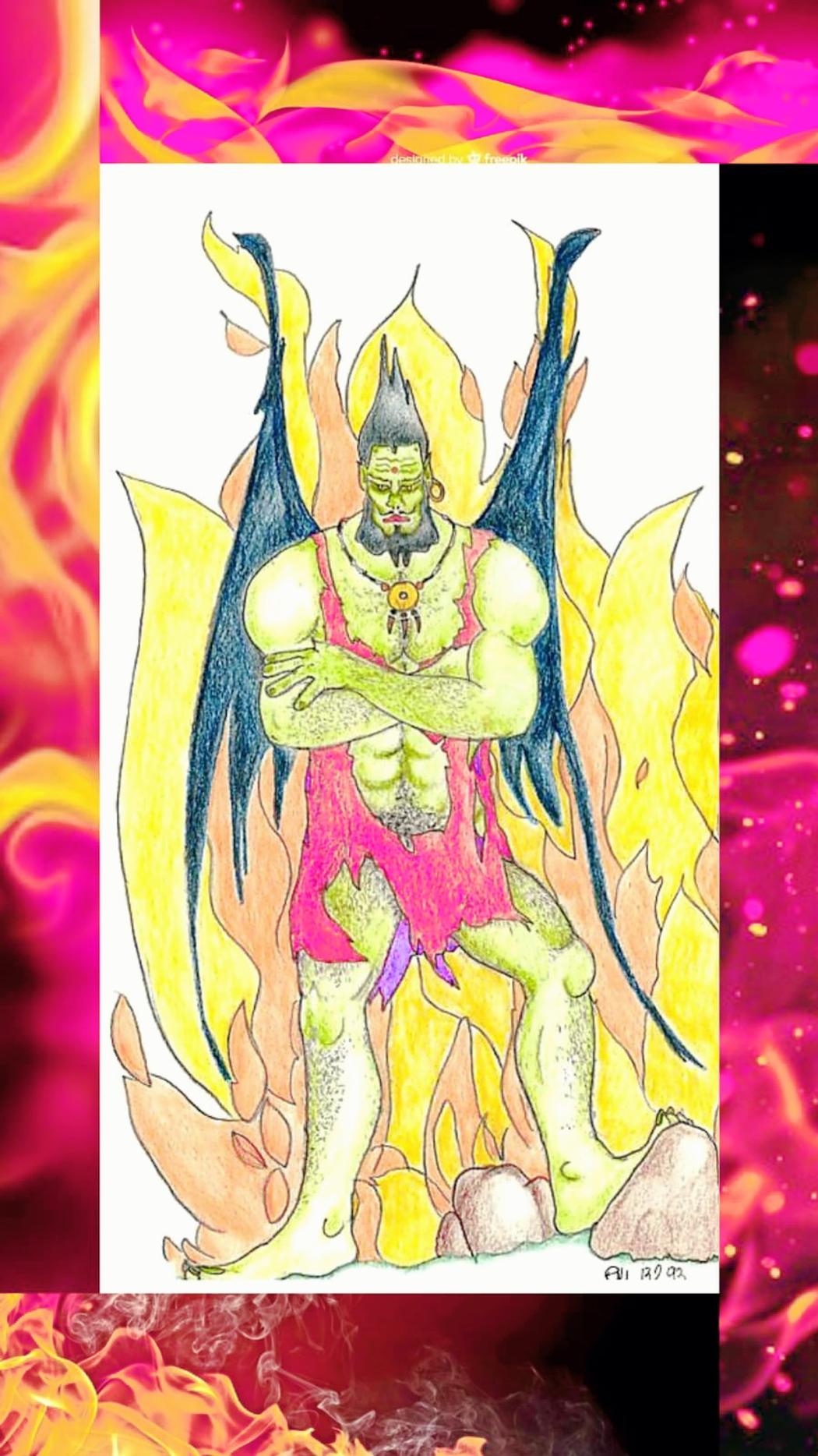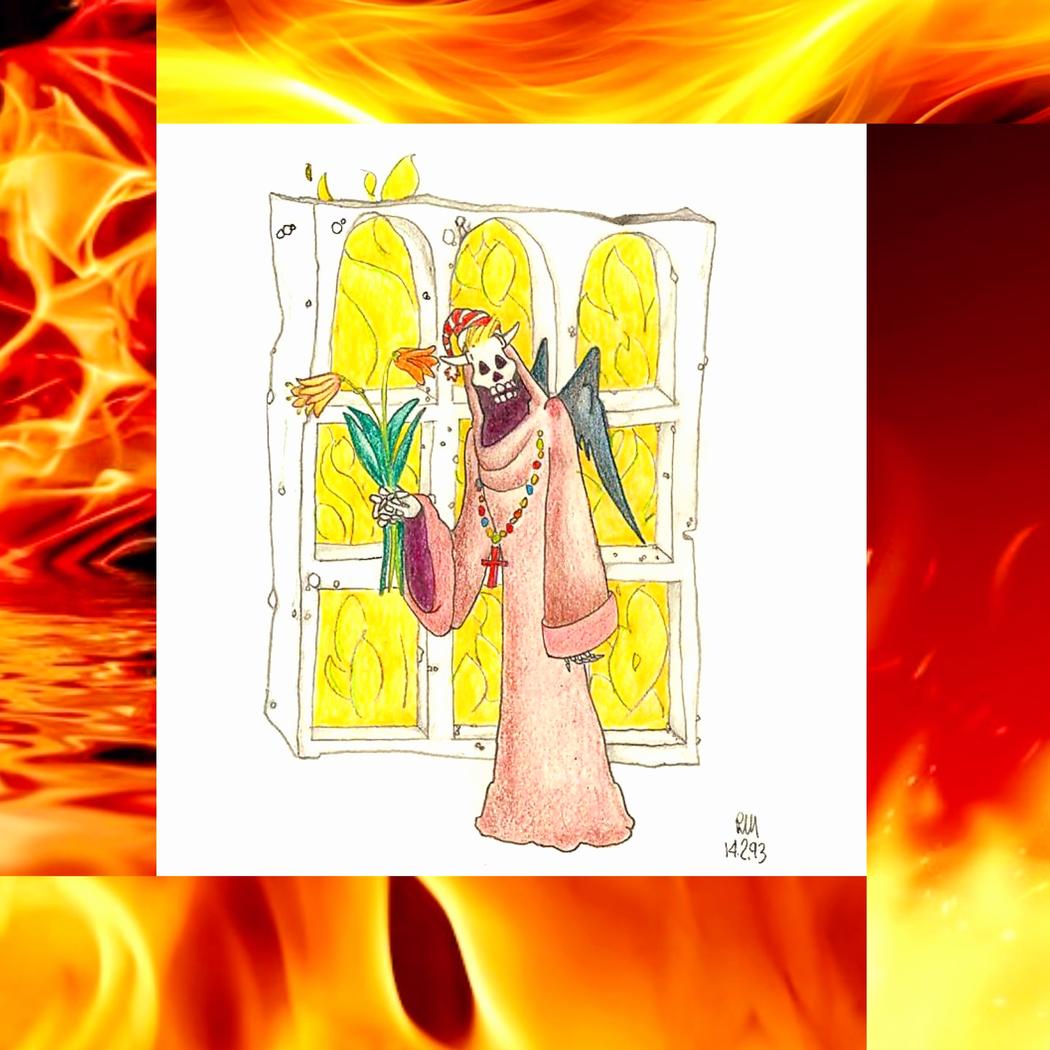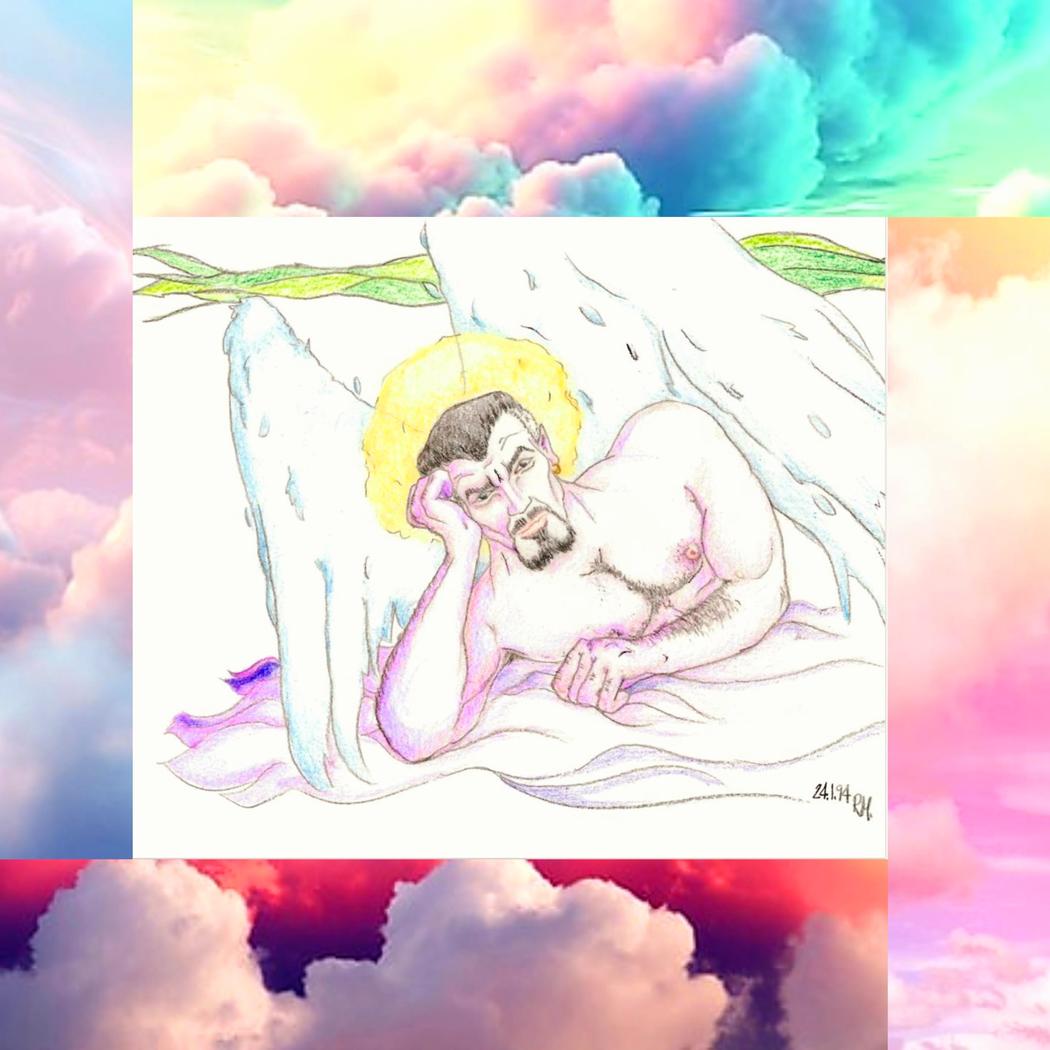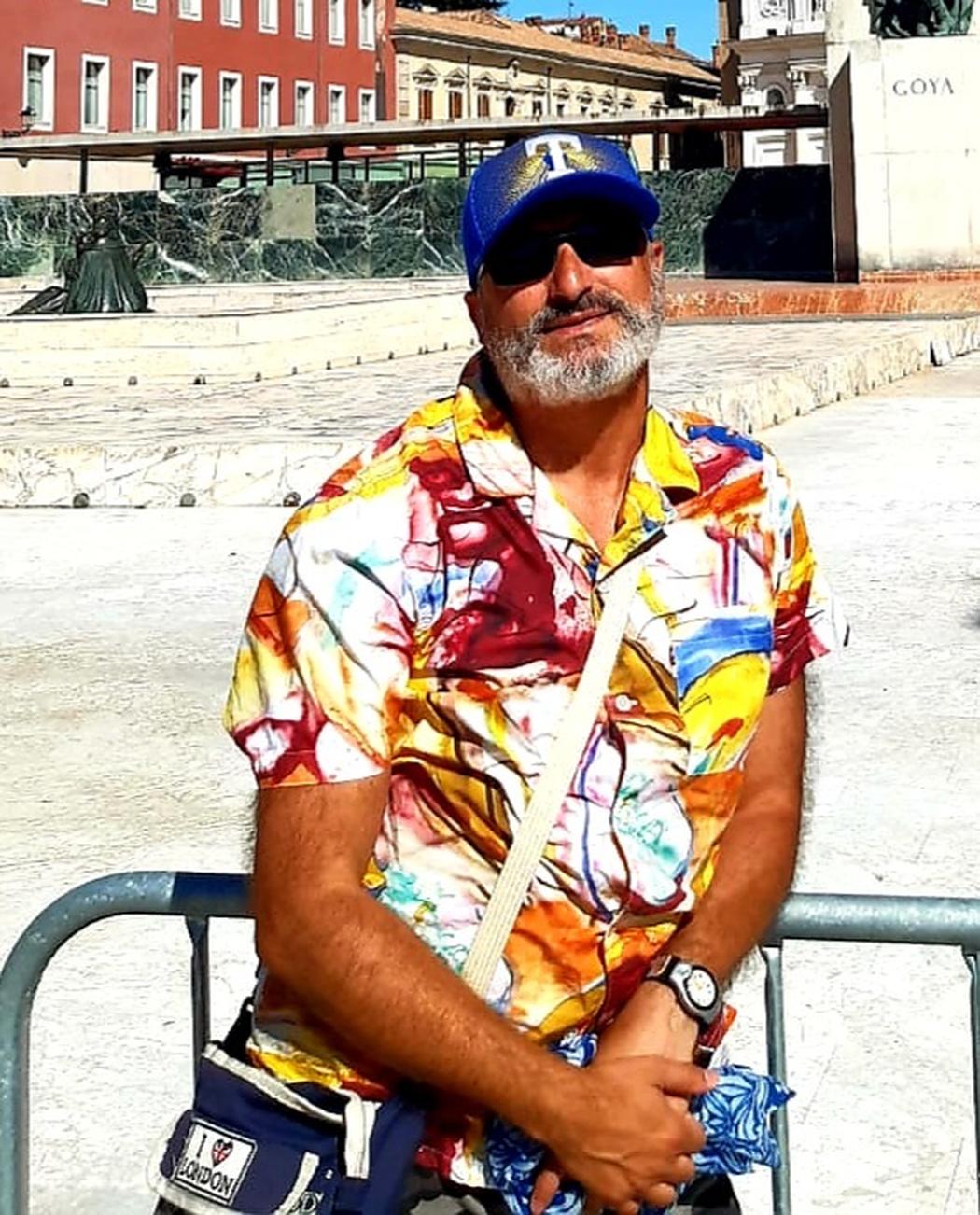Robi Munta
Year of birth: 1967
Where do you live: I live in Italy, and allow me to say that it is one of the most beautiful countries in the world, especially when it comes to art.
Your education: My training is definitely of a technical nature
Describe your art in three words: Instinctive, Imaginative and Eclectic
Your discipline: I have received a lot of discipline, now it is more of a choice, a motivation, that of focusing on myself.
Instagram
Your artistic journey began in the early 1990s. Can you tell us about the context and inspiration behind “A Devil in Me”?
Let’s just say that my passion for drawing has always been there since I was young and it later developed into a technical direction through professional studies as a surveyor. In the 1990s, these illustrations were created, which I titled “A Devil in Me!” Symbolically, the contrast between angels and demons can represent the internal conflict between the positive and negative forces present in the human soul, the struggle between virtue and vice, between rationality and instinct. In fact, along with the paintings depicting devils, there are others depicting angelic figures. There Must Be an Angel (Playing with My Heart)
How did your background as a surveyor influence your approach to illustration and visual storytelling?
I believe my training has been able to combine technical precision with the visual sensitivity of someone who seeks details that often escape the distracted eye, while maintaining a curious gaze.
 Robi Munta | Devil In Purple Hue
Robi Munta | Devil In Purple Hue
You mention that observation and wonder are central to your creative vision. How do these values guide your artistic process today?
Over the years, photography has become a compass for me, a natural extension of my love of travel, art, and all forms of expression that convey beauty. Through it, I have cultivated a personal vision based on exploration, observation, and wonder. Images tell stories of places, atmospheres, faces, and emotions; each shot can become an opportunity to see and re-see the world with new eyes, or with those of a child.
 Robi Munta | Devil In Red
Robi Munta | Devil In Red
The figure in “A Devil in Me” appears powerful yet introspective. What emotions or inner conflicts were you aiming to express through this character?
I was going through a period of internal conflict, which I wanted to represent symbolically with angels and demons. In addition to the drawings of devils, there are others depicting angels. The figures are contrasting yet complementary forces, positive and negative forces present in each of us that confront yet complement each other, repelling and attracting.
What led you to revisit and digitize this early work decades later? Did your perception of the artwork change during this process?
I admit that sometimes my actions aren’t guided by anything rational; in certain moments, instinct and creativity take precedence over technicality. We often hear that we must learn to listen to ourselves; in those moments, an inner inspiration pushes me to act and make choices. Over time, I’ve learned not to ignore it, but to listen to it and, above all, to follow its advice, even if I don’t understand why at the time; the result will reveal itself. In conclusion, one day, I opened a drawer, dusted off an old folder containing these drawings, and, when I saw this opportunity, I seized it.
 Robi Munta | Grunge Devil
Robi Munta | Grunge Devil
Marcel Proust’s quote seems to play a guiding role in your philosophy. How do you “see with new eyes” when approaching your subjects?
I believe this is an attitude inherent in me, part of my nature: a technical mind, yet a dreamer at heart. The theorized poetics of “childhood”—in every human being, even adults, resides a childlike part capable of awe and wonder at things, similar to the pure and naive gaze of a child. This inner “childhood” is a source of poetic inspiration, as it allows us to grasp the beauty and hidden meanings in small things, often overlooked by adult rationality.
 Robi Munta | Pensive Angel
Robi Munta | Pensive Angel
You work across photography, illustration, and art. How do these mediums interact in your practice?
They alternate and complement each other. Initially, drawing was the primary means of expression, but over time it evolved from manual techniques to digital graphics, and only later did photography become the dominant art form.


Leave a Reply